
Rubber tile: Characteristics, Advantages, Application Tile,Building materials

Due to the number of preferential features in front of traditional types of concrete coatings, clinker bricks, asphalt and other similar materials, rubber tiles are increasingly used as an outdoor coating inside residential and industrial premises, as well as with the arrangement of various types of territories.
Content
The composition of rubber tile
Considerable share of rubber products today is represented by automotive tires. The utilization of used tires is performed by processing them into the crumb of various fractions, which is the fundamental component of the rubber tile. As a binder, polyurethane glue performs as a binder in the production of tiles from rubber crumb, and the manifold of shades is achieved by introducing into the total mass of various dyes.
All components are stirred into a homogeneous mass using special equipment, after which the prepared mixture is placed in the form and is subjected to one of the technological processing methods.
Methods for the production of tile
Currently you can buy a rubber tile made by method:
1. Hot pressing, during which the molding of the tile and its polymerization is carried out simultaneously. All manufacturing technology occurs at 140 ° C and takes 10-12 minutes, after which the finished products move on racks for a durability in the process of gradual cooling. A tile made by hot pressing has a clear geometry of sizes, good drainage properties due to not very high density of the product, as well as quite acceptable cost. However, the effects of high temperatures at the product formation stage leads to sintering the adhesive composition, which negatively affects the operational qualities of the tile, contributing to the gradual coloring of the angles over time.
2. Cold pressing. The essence of the method consists in pressing the mixture pre-placed in special plastic or wooden forms, followed by polymerization in the drying closet for 6-8 hours. Regarding the previous variant, rubber tile, the price of which remains quite high, is of greater density and durability. However, the uneven effects of pressing device on the entire area of \u200b\u200bindividual tiles are reflected on the accuracy of the size and the unequal density of the tile at its various points.
Thus, the rubber tile produced by the method of cold or hot pressing is inherent in a certain number of positive and negative sides. However, the choice of one or another variant depends on the thickness of the finished product.
Types of rubber tile
In the process of tire processing, a crumb is formed by various fractions, varying in the range of 0.1-10 mm. Depending on the size of the rubber crumb used in production, the tile is divided into:
- single-layer - characterized by monophonic staining over the entire thickness of the product, as well as a homogeneous structure containing a fractional crumb 0.1-4 mm. A single-layer tile is produced up to 10 mm thick in black or color execution;
- two-layer - the thickness of the tile is highlighted, reaching 10 mm and more. The lower layer of the product is performed from an unpainted crumb of a large fraction, the size of which is 2-10 mm. The upper layer is made of small-flowing painted crumbs, due to which the high density of the face surface is achieved, which ensures the stability of the coating to mechanical damage.
A distinctive feature of a two-layer tile is the possibility of purchasing tiles with a pattern, while the presence of any pattern on the single-layer version is completely excluded. At the same time, both one-layer and multilayer tiles are inherent in similar pluses and cons, most of which are detected during its immediate application.
Advantages / Disadvantages of Rubber Tile
Due to the number of preferential features relative to the traditional types of arrangement of the house, playgrounds, recreation areas and other territories, the demand for rubber tiles is constantly increasing that in the near future it can lead to the cheaper of this material.
Advantages:
- aesthetic attractiveness - due to variety of shapes, sizes, sample spectrum, which allow you to create intricate configurations when laying tiles;
- the anti-slip effect is achieved due to the roughness of the facial layer, preventing injuries with random drop in both the winter and in summer;
- the high density of the material has a positive effect on the resistance to the negative impact of the environment, mechanical damage and wear resistance;
- high-quality dyes used during the production of the product prevent the burnout of the painted layer under the influence of ultraviolet rays;
- the frost resistance of rubber does not require dismantling the coating for the winter period, as the tile does not crack and does not begin to crumble even at -40 ° C;
- resistance to the effects of various oils, reagents and other chemicals is significantly expanding the area of \u200b\u200buse of the tile;
- the biological durability of the material prevents the formation of mold tile on the surface, as well as various origin of fungi;
- the low indicator of the porosity of the coating prevents the penetration of moisture inside the structure and formation of puddles, since water flows into the interlocking space, without lingering on the surface;
- the high elasticity of the material ensures the absence of any damage or deformation of the tile in the process of transportation;
- the ability to withstand huge loads due to the high density of the rubber coating;
- ease of installation that does not require the use of special knowledge and skills;
- maintainability is manifested in the possibility of replacing the spoiled element without a complete dismantling of the coating;
- easy to care, due to the speed and ease of cleansing the surface of the coating from the nondes, snow clusters or interseasonal mud;
- the durability of the material reaching 10-15 years in conditions of intensive operation.
Despite such an impressive list of advantages, one significant drawback is inherent in the rubber cat, the price that goes beyond the acceptable boundaries of most of the population. However, the price factor does not affect the extensive areas of the rubber coating.
Scope of Application Rubber Tile
To date, the coating created with the help of universal rubber tiles, the photo of which is presented in the article, looks great when arranged:
- local area of \u200b\u200bthe country area;
- country paths;
- parking entrances;
- sports fields, stadiums and other sports facilities;
- pedestrian walkways in rest areas, alleys;
- children's playgrounds;
- zones near pools, ponds, fountains, rinks.
In addition, the tile is widely used as an outdoor coating:
- in warehouse and industrial premises;
- in pre-bankers;
- in auto repair shop;
- in service centers, etc.
The scope of this or that type of tile depends largely on its thickness. Thus, the thickness of the rubber tile for the cottage should be at least 10 mm due to its use for the arrangement of paths intended for the movement of people and moving small cargo in the trolley.
The main purpose of the rubber tile for the garage is the ability to withstand the effect of various kinds of chemistry, oils, as well as long-term loads from idle in the car garage, so the ideal coating thickness varies from 20-40 mm.
For children's and sports sites, it is better to use products with a thickness of 40 mm thick, since the coating made from such rubber tile has an excellent depreciation effect that reduces the risk of injury.
Thus, the unique features of the tile, depending on the method of production and the type of finished product, contribute to its widespread use in various fields. In addition, the tile rubber sidewalk is a practical material that allows you to solve a mass of tasks in the arrangement of individual territories and entire complexes.
New comments
Add a comment
To send a comment you need authorize.




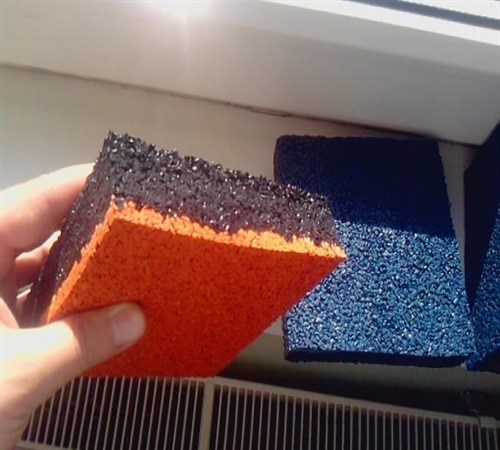


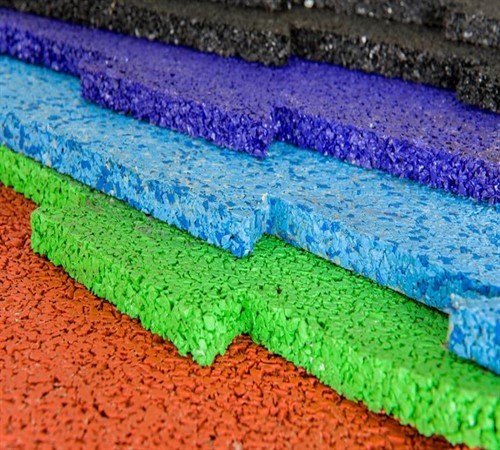
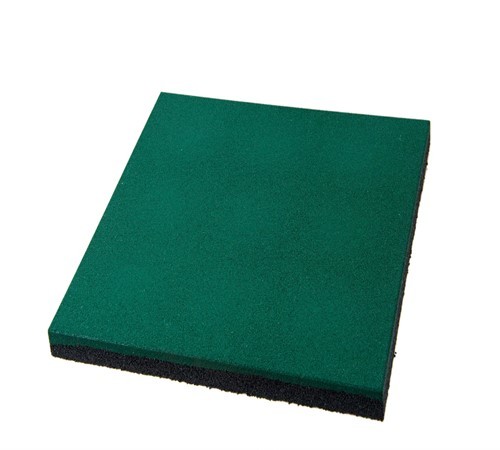
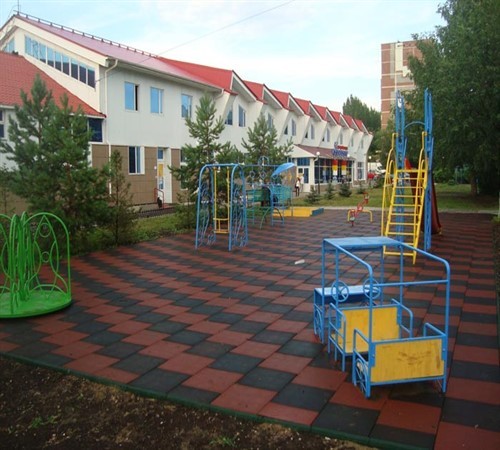

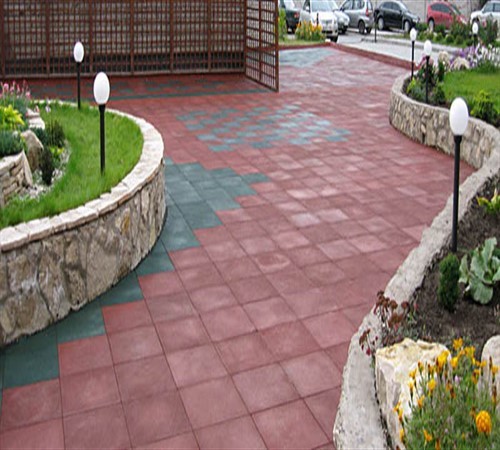
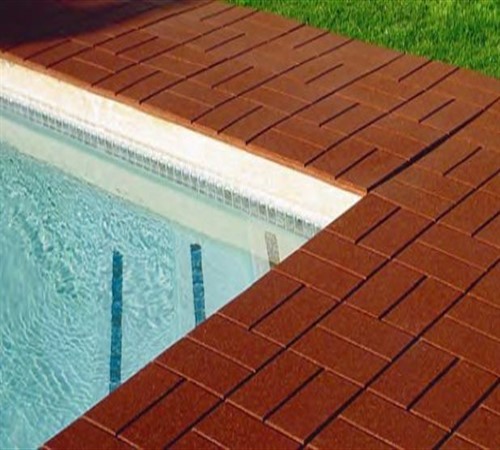

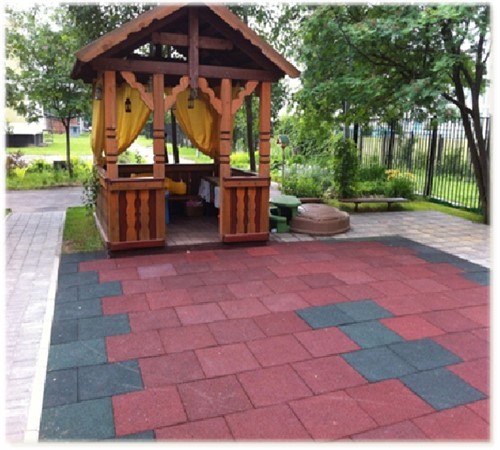
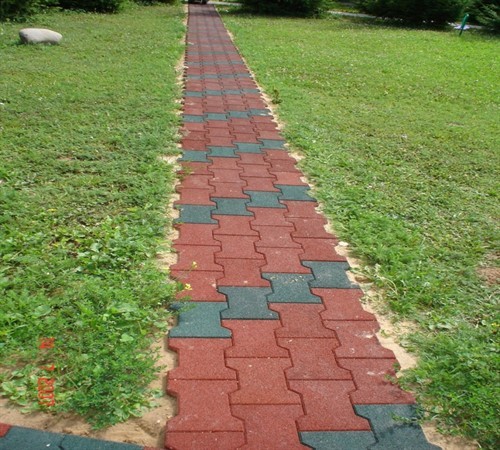
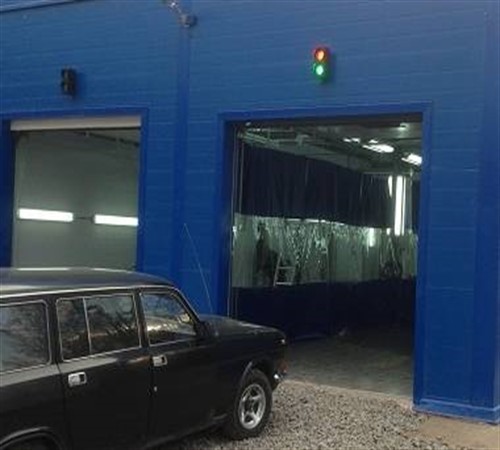
















The awesome thing.